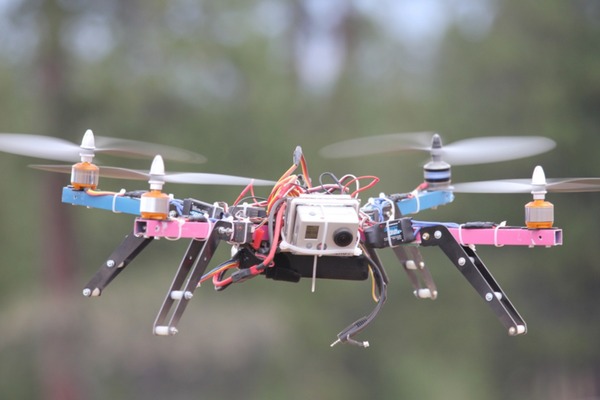Build a flyer
Build a paper flyer using paper, tape, and markers; test flight performance, modify wing shapes, and learn basic aerodynamics through fun experiments.



Step-by-step guide to build a paper flyer
How to make a FREE Flyer / Poster in CANVA | Quick and Easy
Step 1
Place one sheet of paper on a flat table so it lies smooth and ready.
Step 2
Fold the paper in half lengthwise and crease the fold firmly.
Step 3
Open the paper back up so the center crease is visible.
Step 4
Fold the top two corners down to meet the center crease.
Step 5
Fold the pointed top section down toward the bottom edge to form a nose.
Step 6
Fold the paper in half away from you along the original center crease.
Step 7
Fold each wing down by bringing the top edge to meet the bottom edge on each side.
Step 8
Put a small piece of tape on the nose to keep the layers from popping open.
Step 9
Decorate the wings and body with markers to give your flyer a cool design.
Step 10
Carry your flyer to a clear open space where you have room to throw.
Step 11
Gently throw the flyer straight ahead to see how it flies.
Step 12
Observe whether it glides straight dives quickly or loops in the air.
Step 13
Add a paper clip to the nose if it dives or bend the trailing wing edges up slightly if it stalls.
Step 14
Test your change by throwing the flyer again to see how the new shape flies.
Step 15
Share your finished creation on DIY.org
Final steps
You're almost there! Complete all the steps, bring your creation to life, post it, and conquer the challenge!


Help!?
What can I use instead of tape, paper clips, or markers if I don't have them?
If you don't have tape use a small glue dot or a folded paper tab from the same sheet to secure the nose (step 9), use a coin or a folded paper tab instead of a paper clip for nose weight (step 13), and crayons or colored pencils can replace markers for decorating the wings and body (step 10).
My flyer keeps veering to one side or the folds pop open—what should I check?
Check that your center crease (step 2) and corner folds (step 4) are exactly even and well-creased, press the folds flat, secure the nose with tape as in step 9 if layers pop open, and fix flight issues by adding a paper clip to the nose (step 13) for dives or bending the trailing wing edges up slightly (step 14) for stalls.
How can I adapt the folding and testing for different age groups?
For toddlers, have an adult pre-fold the center crease and corner folds (steps 2–4) and let them decorate the wings in step 10; for elementary kids, let them fold, tape the nose (step 9) and do test throws (steps 12–14); and for older kids, challenge them to add nose weight with a paper clip (step 13) and experiment with wing shapes before sharing on DIY.org (step 15).
What are simple ways to improve or personalize the flyer beyond basic decorating?
Personalize the flyer by cutting small tail flaps or shaping the wings before folding in step 7, decorating with markers and patterns from step 10, experimenting with different nose weights like paper clips or coins (step 13), and keeping a flight log of changes to upload your favorite design to DIY.org (step 15).
Watch videos on how to build a paper flyer
"How to Make a Stunning Flyer in 5 Minutes Using Canva (Beginner Friendly!)"
Facts about basic aerodynamics for kids
📎 Adding a small weight like a paperclip to the nose shifts the center of gravity and often makes a paper plane fly straighter and farther.
🌞 Engineers (and NASA!) use origami-style folds like the Miura fold to pack and deploy solar panels and other spacecraft parts.
📏 Long, narrow wings (high aspect ratio) glide farther, while short, wide wings turn quicker and are more maneuverable.
🛩️ The world record for longest paper airplane flight is about 226 ft 10 in (≈69.14 m), set in 2012.
🌬️ Wings help create lift by making air move faster over the top surface and slower underneath, which helps your flyer rise.
How do I build a paper flyer and test wing shapes to learn aerodynamics?
What materials do I need to build and test a paper flyer?
What ages is this paper flyer activity suitable for?
What are fun variations to try and what do children learn from flyer experiments?


One subscription, many ways to play and learn.
Only $6.99 after trial. No credit card required



